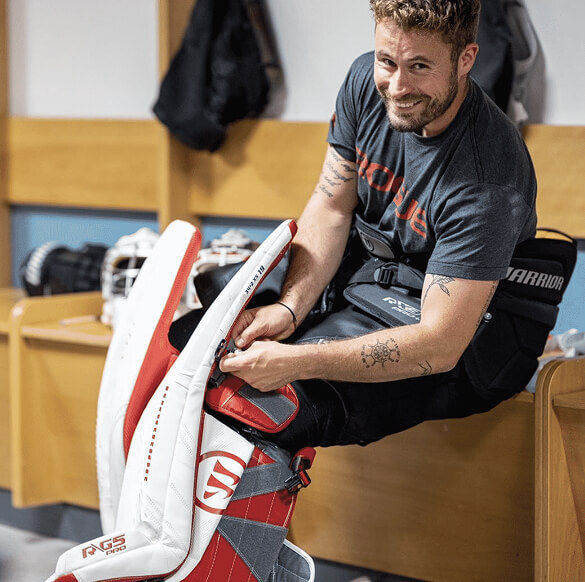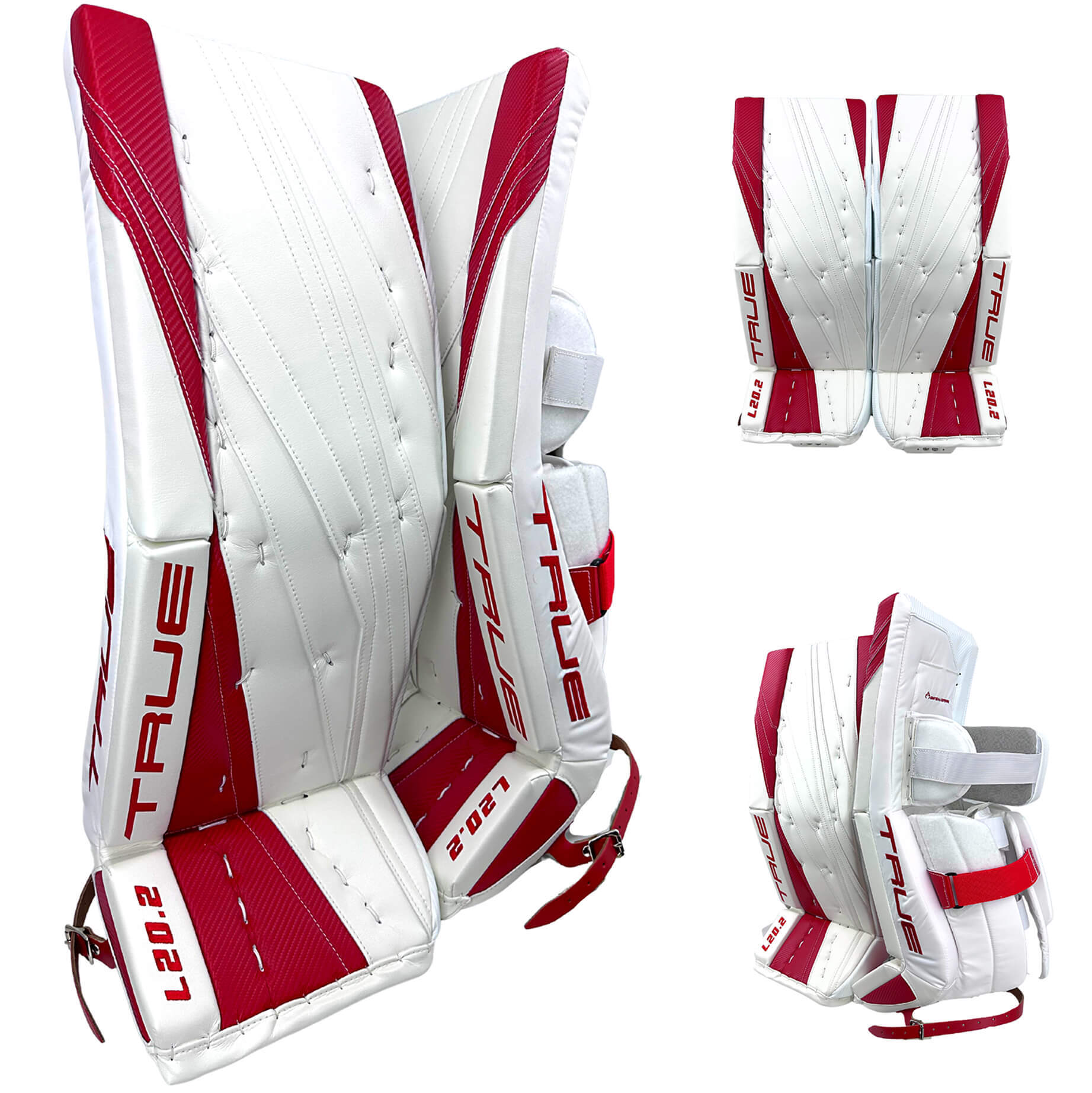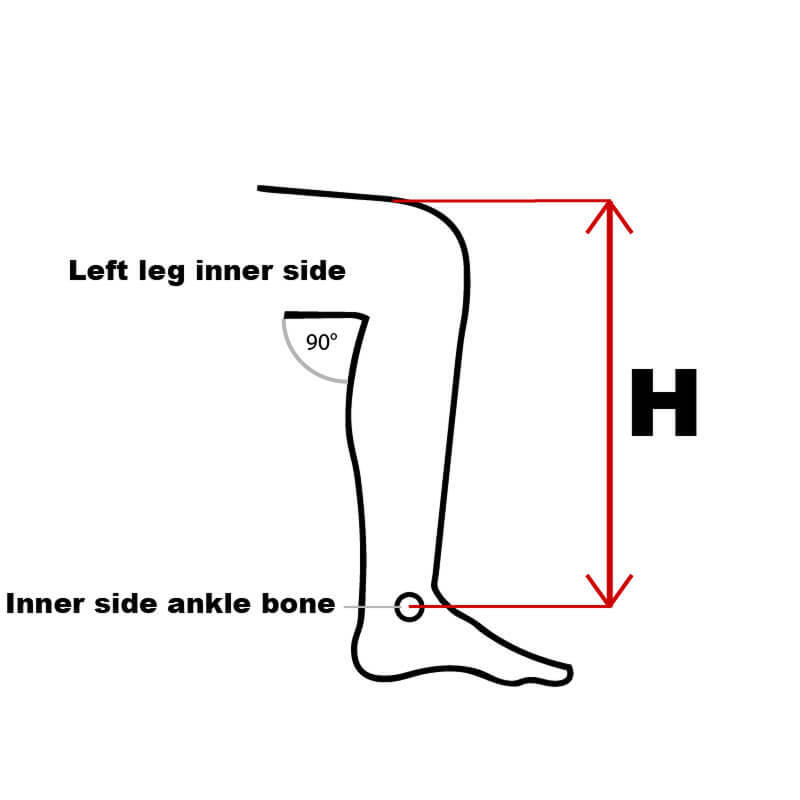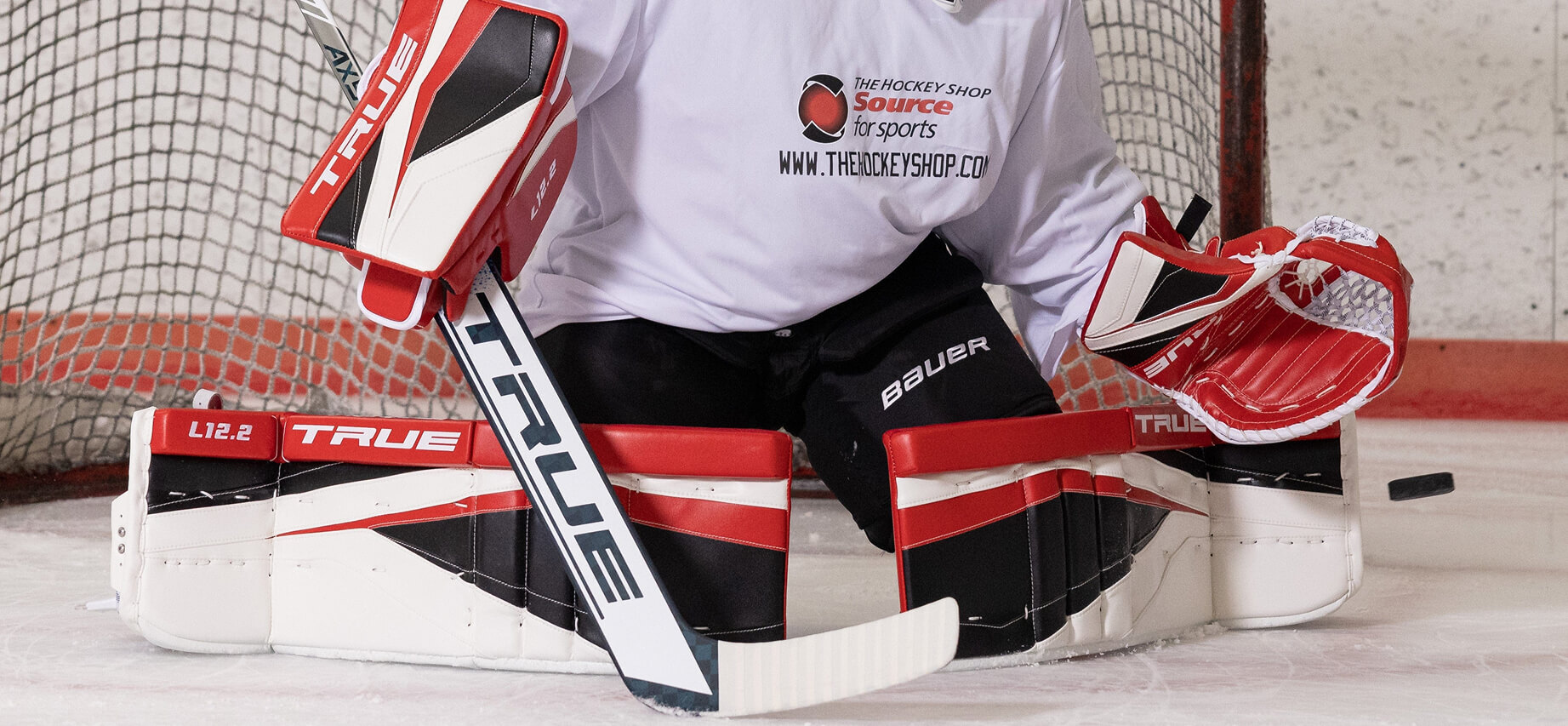Selecting the right goalie pads is crucial for both performance and protection on the ice. Goalie pads that don’t fit properly can lead to limited movement, reduced confidence, and even increased injury risk.
Learning how to size goalie pads the right way helps goalies of all levels find gear that enhances their skills while keeping them safe. This guide covers everything from pad anatomy and measurement techniques to age-specific sizing and adjustment tips so you can step onto the ice with confidence.
Why Goalie Pad Sizing Matters
 Properly sized goalie pads improve mobility, reaction time, and confidence. Pads that are too big may cause a goalie to trip or struggle to make quick saves, while pads that are too small leave dangerous gaps in coverage. Ensuring a proper goalie pad fit helps prevent common hockey injuries like bruises, hyperextensions, and joint strains.
Properly sized goalie pads improve mobility, reaction time, and confidence. Pads that are too big may cause a goalie to trip or struggle to make quick saves, while pads that are too small leave dangerous gaps in coverage. Ensuring a proper goalie pad fit helps prevent common hockey injuries like bruises, hyperextensions, and joint strains.
Correct sizing also makes a difference in long-term performance. Well-fitted pads allow goalies to move smoothly in and out of the butterfly position and across the crease without added resistance. NHL goalies with top-notch gear, like those competing for the Stanley Cup, consistently rely on the precision of their pad sizes to maintain their edge.
Well-fitted pads provide coverage while enhancing pad mobility. A confident goalie who can trust their equipment is better equipped to make reactive saves and command the crease. Sizing errors lead to hesitancy and discomfort—and in a game of inches, that can be costly.
Understanding the Basics of Goalie Pad Sizing
 Goalie pads protect key areas of the leg, including the shin, knee, and thigh. Each pad is structured with sections like the thigh rise, goalie knee stacks, boot, and calf wrap. The knee cradle, which holds the knee in place, plays a critical role in overall pad performance. Features like adjustable straps and leg channel adjustment systems help personalize the fit.
Goalie pads protect key areas of the leg, including the shin, knee, and thigh. Each pad is structured with sections like the thigh rise, goalie knee stacks, boot, and calf wrap. The knee cradle, which holds the knee in place, plays a critical role in overall pad performance. Features like adjustable straps and leg channel adjustment systems help personalize the fit.
When researching hockey goalie pad sizing, goalies should understand terms like ATK (ankle-to-knee) measurement and thigh rise. These guide pad selection across different brands; most sizing charts list ATK measurements in inches and provide pad size recommendations accordingly. Brands such as Bauer, Vaughn, and CCM may use slightly different measurement systems or fit styles, so understanding these components leads to smarter buying decisions.
A thorough understanding of goalie pad anatomy—including internal and external breaks, boot angles, and calf wrap depth—ensures that gear aligns with a goalie’s play style. For example, hybrid goalies may prefer pads with greater flexibility, while butterfly goalies benefit from stiffer builds that facilitate fast drops and recoveries.
How to Measure for Goalie Pads

The primary method to determine how to size goalie pads involves the ATK formula: ATK measurement (inches) + skate size + thigh rise = recommended pad size.
To get the most accurate measurements:
- Sit with legs at a 90-degree angle.
- Measure from the center of the ankle bone to the middle of the kneecap (ATK).
- Add the skate size (usually 4–5 inches).
- Add the desired thigh rise (commonly 6–7 inches).
Measuring leg pads while wearing skates gives the most accurate sizing. Skates add crucial height and can affect how pads sit during gameplay. Pads should cover the shin fully and align comfortably with the knee and thigh while in stance.
It’s important to avoid common mistakes like measuring while standing up or overlooking thigh rise altogether. Overestimating pad size can restrict movement and leave the knee stack misaligned, reducing protection and comfort. When in doubt, refer to goalie gear fit guide resources and pad calculators provided by reputable brands like CCM and Bauer.
Sizing Considerations by Age and Skill Level

Age and skill level impact goalie leg pad sizing significantly. Youth vs. senior goalie pads differ not just in size, but also in weight, stiffness, and flexibility. Young goalies need lighter, adjustable pads that allow easy movement. Models like CCM’s YTFLEX pads offer room to grow and enhanced mobility for developing players.
Parents should size pads with a bit of growth room, but not so much that safety is compromised. Adjustable sizing and removable components help pads keep up with rapid youth growth. Sizing charts often offer junior, intermediate, and senior categories to aid in appropriate selection. Those selecting goalie gear for beginners should prioritize comfort and manageable weight over maximum coverage; refer to the best youth hockey gear guide for additional insights.
More experienced goalies may prefer pro-style pads with stiffer construction, more precise strapping systems, and integrated sliders. Elite players often consider custom goalie equipment to fine-tune every element to their technique and stance. No matter the level, matching pad features to age, skill, and growth potential ensures every goalie plays safer, smarter, and more confidently.
Fit Adjustments: Leg Channels, Straps & Knee Stacks
Goalie pads come with several adjustment points to fine-tune fit. The leg channel adjustment allows goalies to choose between tight or loose fits, which impacts pad rotation and mobility. Deeper leg channels provide greater control and pad responsiveness, while shallower channels allow for faster rotation and looser feel.
Straps, whether leather, nylon, or Velcro, help secure pads and control how they move during play. Modern pads often use Velcro systems for quicker customization and lighter weight. Proper strapping ensures the pads stay centered while allowing the goalie to react quickly.
The height and firmness of goalie knee stacks affect comfort and impact absorption. Well-aligned knee stacks reduce fatigue and joint strain, especially during butterfly saves. Knee stacks also determine how the pad rebounds from impacts, influencing how rebounds are controlled in tight-game situations.
Pads must also work cohesively with goalie gloves, goalie chest protectors, and goalie protective gear, ensuring full coverage without restricting movement. Coordination among gear components prevents exposed gaps, improves balance, and maximizes protection.
Sizing Pads for Performance and Confidence
Selecting the right pad size is key to building confidence in the crease. Always prioritize fit and comfort, using sizing charts, calculators, and professional fitting when possible. Revisiting pad fit regularly ensures growing goalies or those changing their stance continue to perform at their best.
For goalies of all levels, finding the right fit in goalie pads, masks, and chest protectors creates a complete protection system. Explore ProStock Hockey’s guides on sizing goalie masks and how to break in a new goalie glove for additional equipment tips.
Quality gear improves safety as well as overall gameplay. Investing in well-sized pads enables better agility, smoother transitions, and more consistent saves. Don’t forget that gear like shoulder pads also plays a crucial role in coverage and balance, working together with leg pads for full-ice readiness. Whether you’re a beginner choosing your first set or an elite player looking for precision-fit gear, your comfort and performance start with the right pad size.
Ready to find your perfect pads? Shop goalie pads that fit right today.


